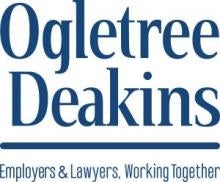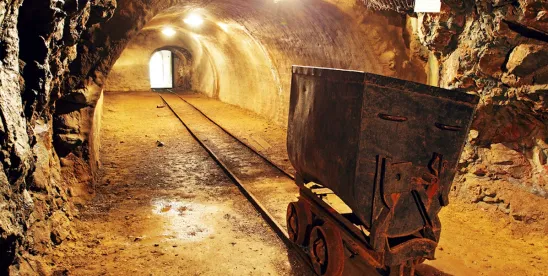The Trump administration has made a number of changes to the Mine Safety and Health Administration (MSHA) already, and more are sure to come. So now is as good a time as ever to list some ideas for the new agency leadership to consider.
Quick Hits
- The Trump administration has already implemented several changes to MSHA, with more expected, prompting a call for new leadership to consider ideas such as improving inspector consistency and deemphasizing noncritical safety standards.
- Enhancing compliance outreach, especially for small or new mines, and advocating for rule changes are key priorities for mine operators.
- To promote safety and health, MSHA should increase transparency in inspector training, issue more policy guidance, emphasize compliance assistance, manage inspector professionalism, continue issuing safety alerts, and hold all stakeholder meetings with online participation options.
Improving consistency regarding inspector interpretation of MSHA standards is at the top of many operator lists. Deemphasizing spending inspection time on standards that do not appreciably affect safety is high on the list of priorities, as well.
Yet another priority is enhancing compliance outreach for all operators—especially small or new mines. Operators may also want to advocate for certain rules to be changed.
Ten Ideas for MSHA to Explore
Mine operators will likely have many more good ideas to add to this list. Once a new assistant secretary at MSHA is in place, the mining industry should be ready to offer these suggestions—and more. Here are ten suggestions to get things rolling:
1. Establish a means via MSHA’s website for operators to submit to agency headquarters specific examples of misinterpretations of standards and other issues that occur in the field.
This will provide an opportunity for headquarters to weigh in. It will also allow headquarters to be informed directly by operators about what’s happening in the districts.
A specific occurrence may end up being resolved at the local level, but it is important for headquarters to know and track trends. This would present opportunities to enhance inspector training or issuance of guidance to operators.
2. Improve transparency and fair notice to operators by providing more information on how new and existing inspectors are being trained on the Mine Act and MSHA’s standards. This will help compliance, as well as increase the overall understanding regarding how inspectors are to apply the law.
3. MSHA should generally issue more policy guidance for new and existing standards.
4. End the growing practice of issuing citations for workplace examinations based on other violations being found in an area. MSHA’s “Program Policy Manual” states that the agency will not do this, yet it has become a common practice.
5. Increase the agency’s emphasis on compliance assistance to mine operators. This directly contributes to the agency’s mission of promoting safety and health by not only providing operators with information to help reduce exposure to hazards, but by enhancing the agency’s goodwill with operators and miners.
Such goodwill can help operators be fully receptive to the compliance assistance and lessons learned when enforcement is necessary. It can also facilitate further positive interactions with the agency that can help to improve safety.
6. As for specific standards to de-emphasize, we are not suggesting reinstating MSHA’s “Rules to Live By.” That list was largely used to justify heightened enforcement.
What we mean here is there are certain standards that are cited more than they should be given how minor the conditions typically are. Inspection time, which will be more critical given the shortage of inspectors, could be better spent if inspectors are not devoting energy to looking for things like whether switches are labeled in electrical boxes or portable extension cords have had a continuity check done.
7. MSHA needs to manage its inspector workforce to promote professionalism and good use of official time on duty. Inspectors who spend time berating the mine operator and its managers and using aggressive tactics to intimidate foremen and miners are hurting the agency’s effectiveness.
8. MSHA should continue to issue fatalgrams and other best practices alerts. The agency should provide updates on its fatal accident reports to note when citations issued in the investigation were modified or vacated.
9. MSHA’s ability to change its current final rules is constrained by the Mine Act, but there are certainly opportunities to do so without diminishing safety. Among the obvious rule changes needed are the prohibitions in MSHA’s crystalline silica rule on the use of respirators and rotation of miners for compliance.
10. On a positive note, MSHA should continue its stakeholder meetings at the district level and at the headquarters level. District-level meetings should always offer an online participation option, but not all do.
Stakeholder meetings are a great opportunity for the agency to provide updates and safety information, as well as answer questions from the audience.





 />i
/>i
